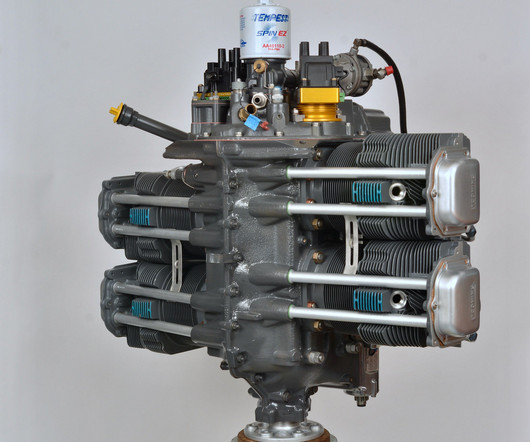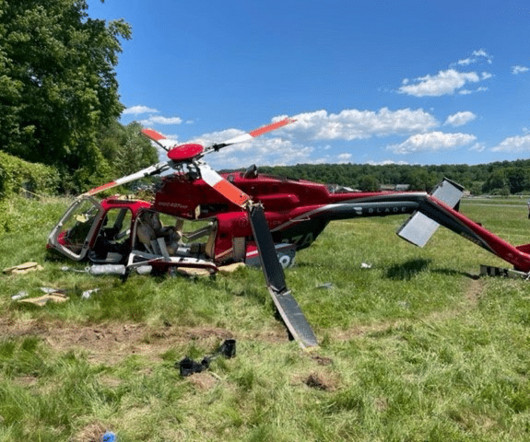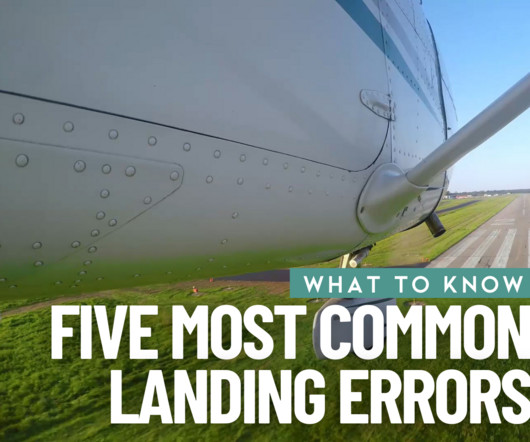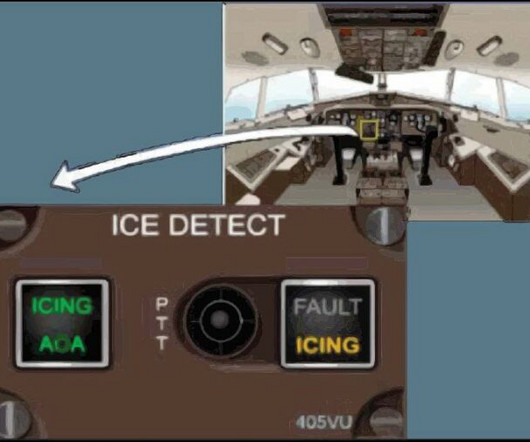How Does a Constant-Speed Propeller Work?
Pilot Institute
JUNE 4, 2025
A constant-speed propeller is a propeller that automatically adjusts its blade pitch angle, allowing it to maintain a constant RPM (Revolutions Per Minute), regardless of engine power (torque), airspeed, or altitude. The constant-speed propeller is often referred to as the variable-pitch propeller, in contrast to the fixed-pitch propeller.

















Let's personalize your content